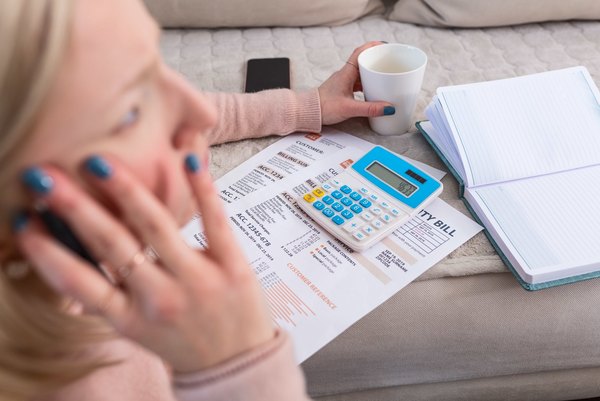If you’re retired and looking for ways to pay for all of your living expenses, you may be looking into getting a reverse mortgage.
A reverse mortgage (also sometimes referred to as a "home equity conversion mortgage", or HECM) can be a helpful option for retirees who are finding that they need a little more money to make it each month, but there are definitely some important considerations before jumping in. Below you’ll find a summary of how they work, what the impacts can be on the borrowing spouse, and what you need to know before making any decisions.
The Basics
If you know what a regular mortgage is, you know that each month you make a monthly payment to your lender for the house you’ve taken a mortgage on. A reverse mortgage is just the opposite of that: with a reverse mortgage, the lender pays you each month. On the surface it can seem like a home equity line of credit, but it's fundamentally different.
How Does A Reverse Mortgage Work?
When you have a reverse mortgage, your lender sends you a check each month. It seems simple on the surface, but there's more to the story.
The first thing you should know that that money is coming from the equity of your home. So if you’ve lived in your house for many years and have it paid off or have a significant amount of equity in your home, that’s where the money will be coming from. Different payment options exist, but most people opt for a monthly bank transfer.
When you take a reverse mortgage, you usually aren’t required to pay that money back until you leave the house or pass away. However, upon your death or when you move or sell the home, the money will need to be paid back somehow. This often means selling the house and using that money to pay it back, unless your estate or a family member can cover it.
What Are The Costs Involved?
You must carefully evaluate the fees involved in getting a reverse mortgage. Just like with a regular mortgage, there are fees and closing costs, as well as servicing fees for the life of the mortgage. Below are just a few of the costs you’re likely to encounter when obtaining a reverse mortgage:
- Mortgage insurance premium
- Origination fee
- Servicing fee
- Closing costs (which can include an appraisal, title search and insurance, inspections, etc.)
- Interest rate
It's also worth mentioning that any associated payments such as homeowners association fees, property taxes and homeowners insurance should be kept current.
Who Can Qualify For A Reverse Mortgage?
There are specific qualifications you need to meet in order to apply for a reverse mortgage. You must:
- Be at least 62 years old
- Live in your home as a primary residence during the life of the reverse mortgage
- Own your home outright (or have at least 50% equity in your home)
- Meet with a Department of Housing and Urban Development approved reverse mortgage counselor before applying
In the past reverse mortgages have had a bad reputation, but as long as you do your research and make sure that it’s financially the right decision for you and the family you leave behind then it can be a good option for financial assistance in retirement.
Start by finding a mortgage counselor in your area and scheduling a financial assessment so you can discuss your situation and clear up any questions you might have.






